Having a sustainable wardrobe, with only organic, evergreen garments that last over time, has now become a requirement.
The fashion industry is one of the sectors with the greatest environmental impact, responsible for 8% of CO2 emissions due to the use of energy and national resources in very large quantities.
Becoming sustainable, therefore, is an increasingly felt need, especially after the pandemic, in which we are all becoming more aware of environmental issues.
The fashion sector, in fact, is finally changing course, making sustainability an integral part of the brands, which are developing corporate strategies to help our planet.
Just like the brands, our way of dressing and our shopping habits should also change. Everything can become sustainable, even our own lifestyle. It is therefore necessary to transform ourselves into conscious consumers, to improve our way of shopping, through small precautions which, however, can really make a difference.
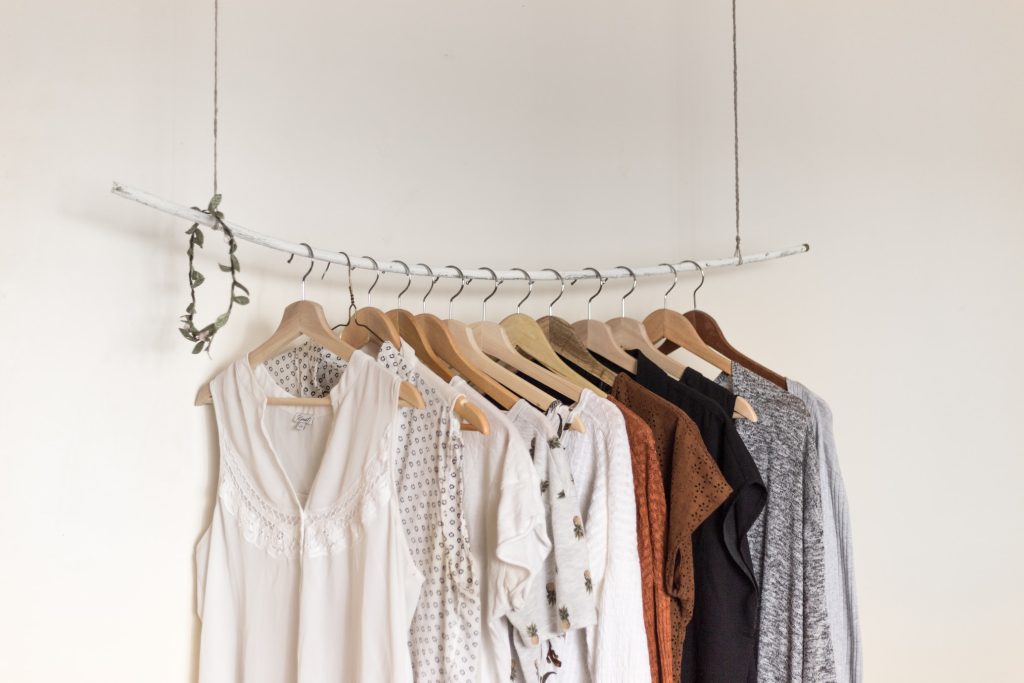
What is meant by Sustainable Wardrobe?
A sustainable wardrobe is a wardrobe made of evergreen garments, which last over time, which are made of organic materials and which help to minimize our environmental impact.
But the question is… how can I go about making my wardrobe more sustainable? The first step to have a sustainable wardrobe is to not buy hastily but always ask yourself “Who produced them? What materials are they made of? Is it organic or recycled? “
There are many things that, in our small daily life, we consumers can do, starting with how we manage and take care of our clothing. Among the different actions that a sustainable wardrobe requires are, for example:
- take care of your clothes;
- buy with awareness and attention;
- own a few items that are often used.
Five steps for a more sustainable wardrobe
Building a sustainable wardrobe doesn’t mean throwing away everything you already have and buying totally new clothes from eco-sustainable brands. In order to improve our wardrobe and make it more ethical, we just need to understand one simple thing: quality is better than quantity.
It will therefore be enough for us to open the wardrobe and analyze our clothes, understanding what we need, what we wear more and what we cannot give up.
Having a sustainable wardrobe, however, does not mean having a limited choice. With the right steps and adequate advice, our wardrobe, albeit ethical, can allow us to create and mix infinite combinations of outfits.
Here are five practical tips to make your wardrobe ethical yet trendy!
1. Decluttering
All of us, in the closet, have items of clothing that we have used very few times or that still have the label. According to some studies, in fact, we only wear 20% of the clothes we own, leaving all the other garments unused in the closet.
This happens because we buy without thinking about what we really need, driven by the desire to renew our wardrobe. The first eco-tip we give you, therefore, is called decluttering. Declattering means freeing the wardrobe from what we do not use and that does not last over time, especially fast fashion clothes which, given their poor quality, do not last long.
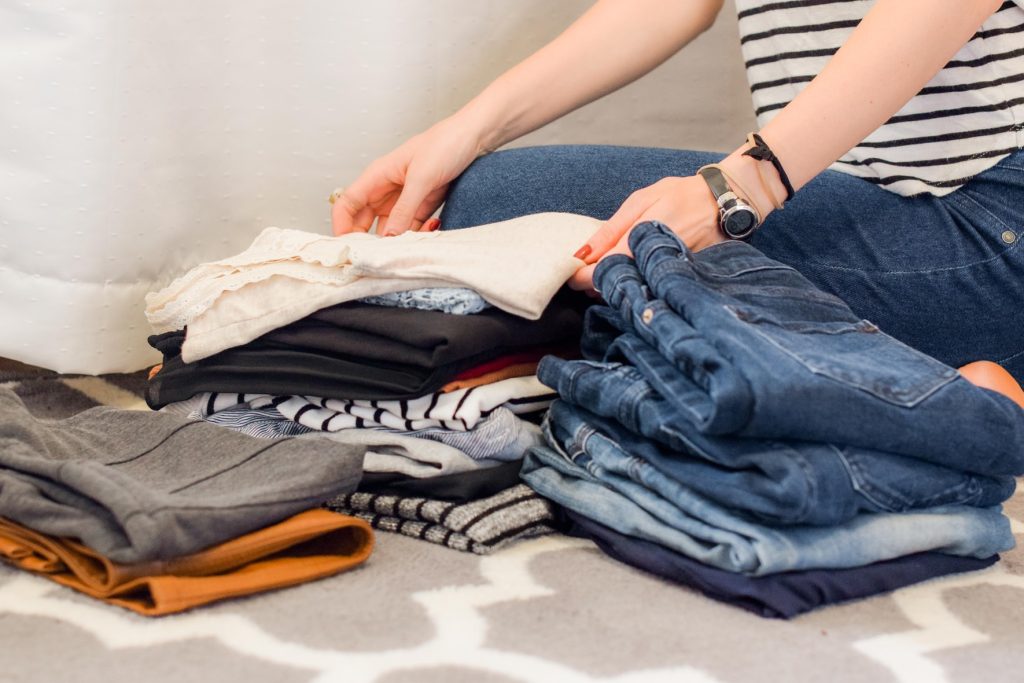
Pick up your clothes and, for each one, ask yourself “How many times have I used it? Will I use it often?” to understand if by keeping it, you are making the most sustainable choice for your wardrobe.
A precise number of items to have in the wardrobe is not indicated, the important thing is to select only must-have items that we know we can wear for as long as possible. Understand what to exclude or include in your wardrobe by studying the winning combinations; there are clothes that never go out of fashion and clothes with basic colors that can be easily matched with which you can create many outfits.
2. Certificate Shopping
Keeping the clothes we have is a critical step for our sustainable wardrobe. But not the only one. We can obviously buy new items, the important thing is to do it ethically.
In this case, it is important to give preference to brands that are sustainable and ethical, but also to local artisans and businesses. Spending little on fast fashion garments is not the right choice to be sustainable; fast fashion garments get damaged after a few washes.
But how to tell if the clothes are green? One of the main methods to understand if the garment you are buying is sustainable or not is to read the labels and verify that the products reflect the standards of international certifications.
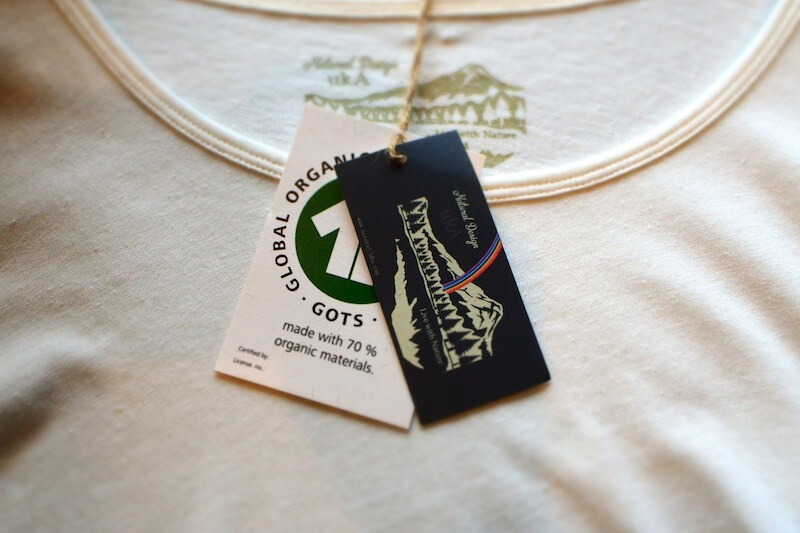
Among the certifications there are, for example:
- Gots (Global Organic Textile Standard), which guarantees the organic origin of the yarns;
- GRS (Global Recycled Standard), which instead indicates a recycling process at least at 20%;
- The Responsible Down Standard which certifies that the feathers used come from farms that do not make the animals used suffer;
- LCA (Life Cycle Assessment), which quantifies the sustainability of the garment by analyzing the entire life cycle of the product.
One of the most important certifications is the B Corp certification of large companies which, in addition to having profit objectives, meet the highest social and environmental standards. Certification is obtained only if sustainability is reflected on all levels.
3. A sustainable wardrobe is vintage!
Buying new items is always our first choice, but buying vintage and second-hand items is one of the most sustainable choices you can make. Reusing your mother’s clothes, or buying from flea markets, greatly reduces waste.
The second-hand market has a very low cost and is able to give a second life to garments that, otherwise, would end up in the garbage.
It’s really easy to find vintage or second-hand items online. There are many sites, such as Depop or Vinted, that allow you to sell and / or buy items of any kind. The swap party is also a viable alternative. Swap parties, a worldwide phenomenon, are second-hand markets that work through bartering, in which participants can exchange their clothes with those of other people.

4. Extend the life of the leaders
When we talk about sustainable wardrobe, we are not just talking about all those steps we take to fill our wardrobe with eco-sustainable and durable garments. The secret to a true ethical wardrobe also and above all concerns the care we give to our garments.
The creation of a dress, in fact, requires resources and energies in quantity; decreasing purchases by extending the life of our garments means saving time, energy and resources.
It is necessary to know how to take care of our clothes to make them last over time and to use them for as long as possible. Taking care of your clothes is simple, just follow the small steps that allow the clothes to last for many years.
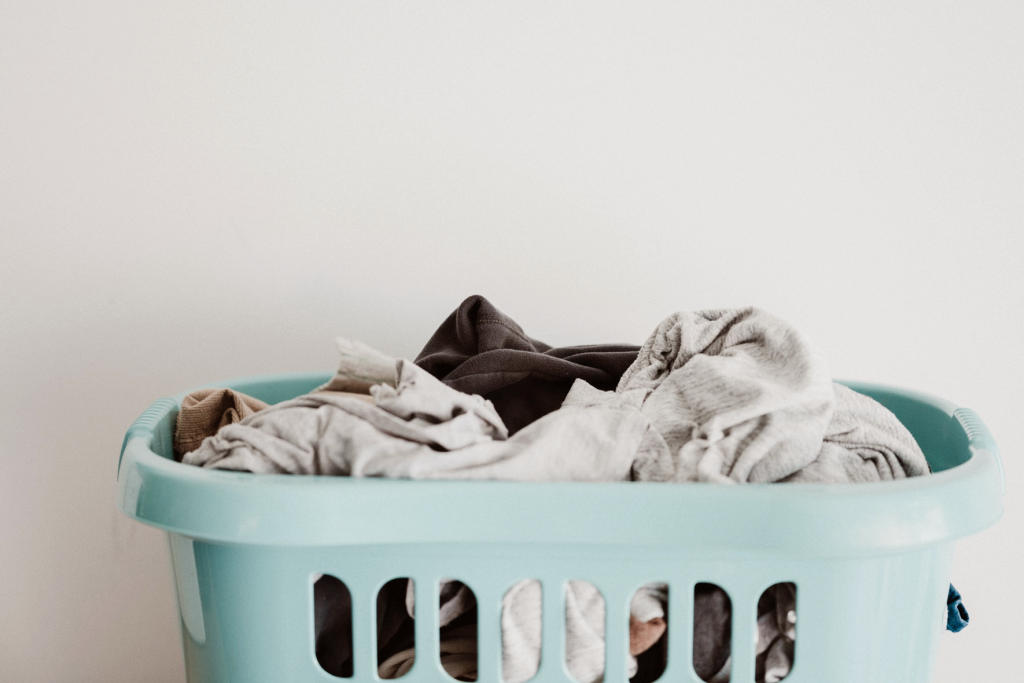
To keep your garment looking new, it is important to:
- Do not vacuum wash your clothes;
- Always follow the washing instructions on the labels;
- Do not spray perfumes / deodorants on clothes;
- Never choose dry cleaning.
Also, if your clothes have holes or tears, don’t be afraid to fix them. Be creative, some tweaks may surprise you!
5. Recycling in the right way
If you have tried all these steps, but you can’t help but throw away some of your clothes, it is therefore important to learn how to properly recycle the clothes you no longer want.
Having a sustainable wardrobe, in fact, also means knowing how to recycle our clothes; throwing clothes in the unsorted bin is incorrect, because textile waste is on par with the problem of plastic. Huge garbage dumps are thrown away filling entire cities.
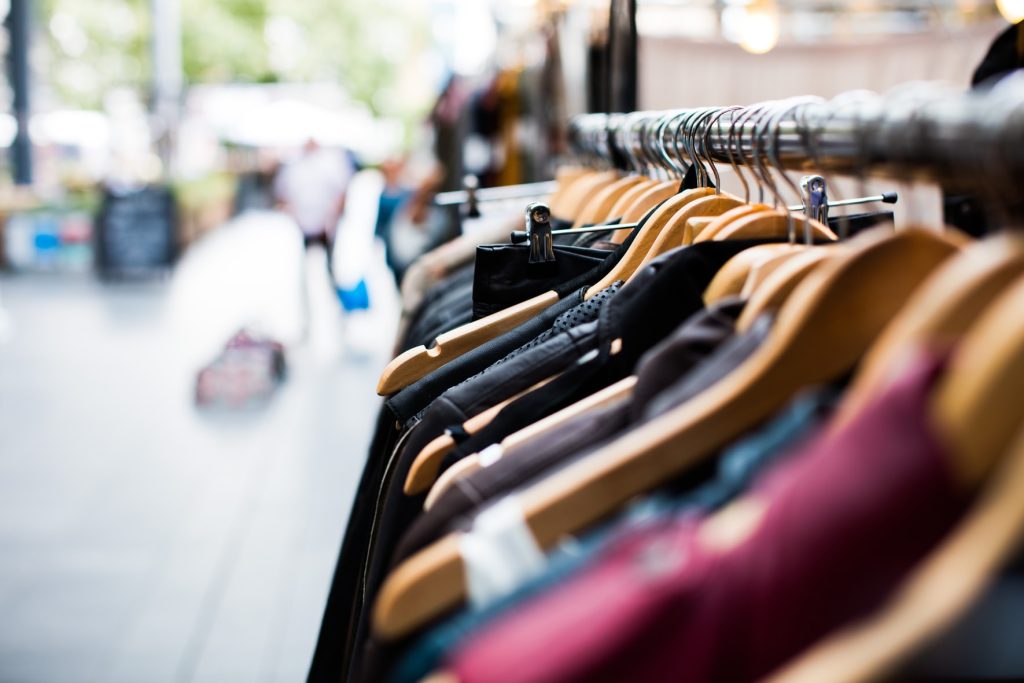
A sustainable step is to sell or give your clothes to charities, flea markets or even to relatives / friends! On the other hand, clothes that we can’t sell can always be used as rags to clean the house.
Finally, another solution is also to take the garments to the nearest Eco-center, to dispose of them free of charge in an adequate manner in the area dedicated to fabrics.





